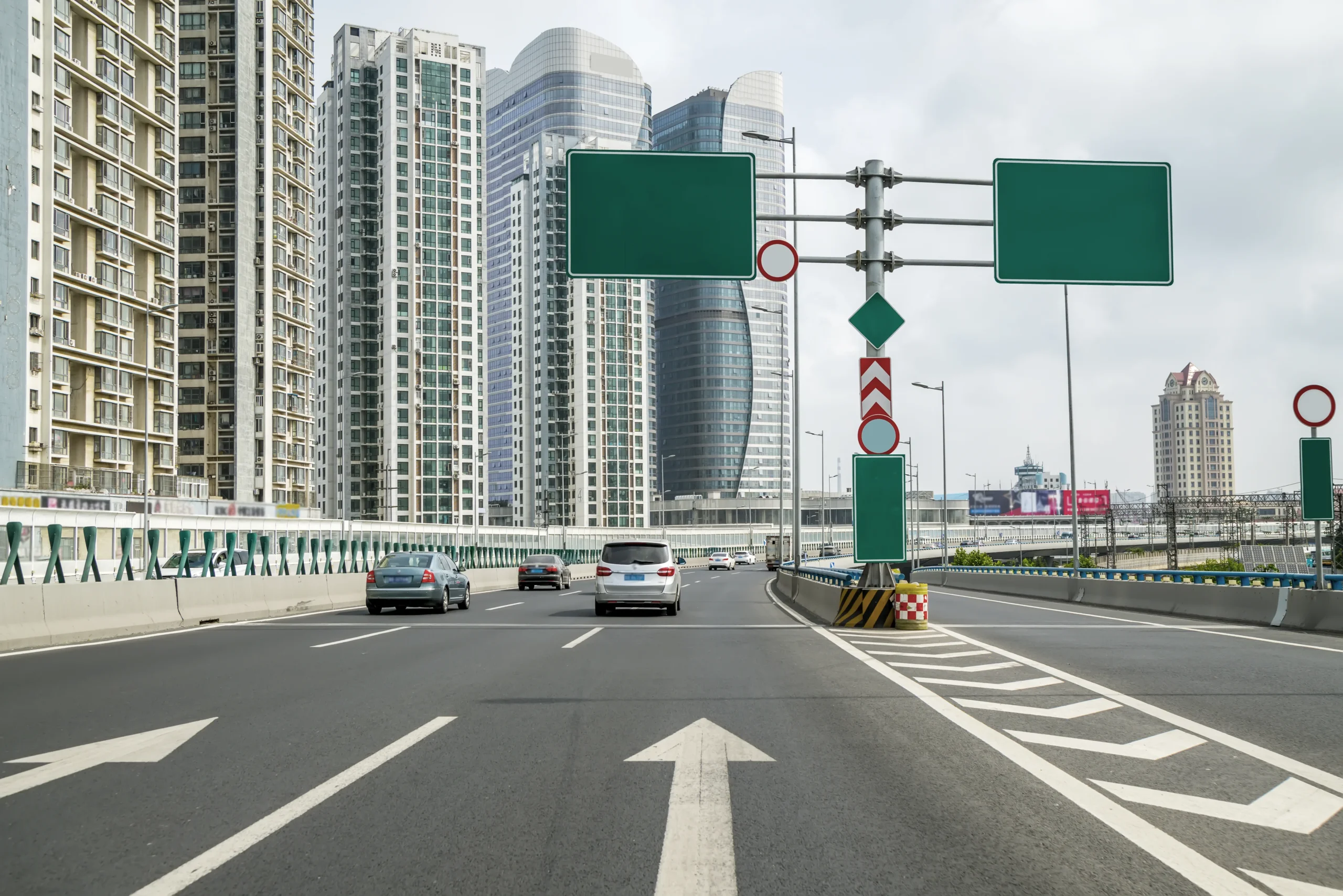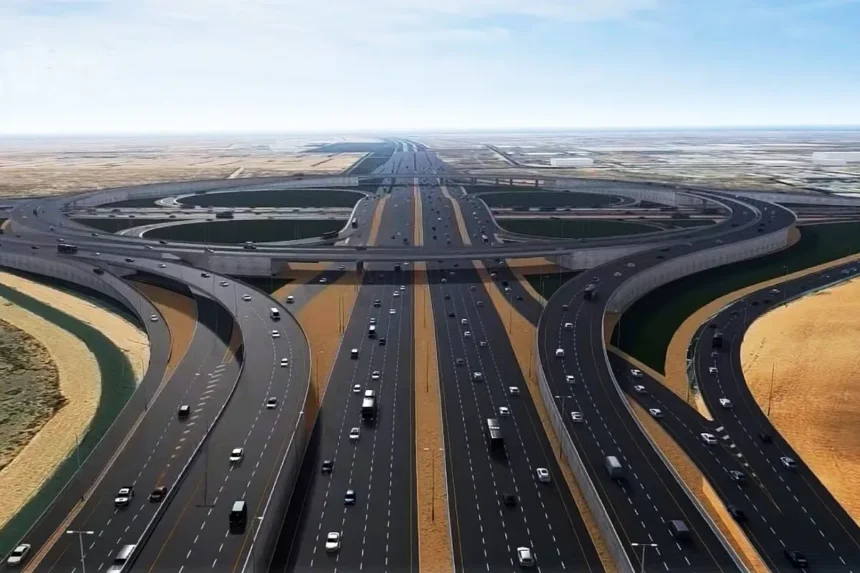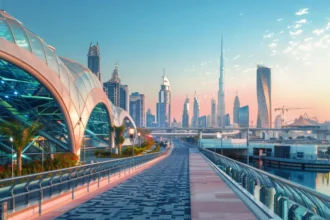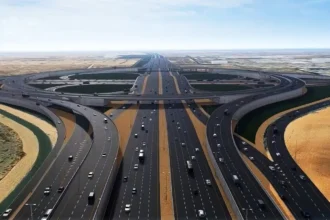The United Arab Emirates has signed what is possibly its biggest infrastructure project to date, the building of a 4th national highway in UAE, as part of an extensive Dh170 billion (US$46 billion) road and transport-expansion programme. The fast-increasing population and the prosperous economy of the UAE have put an ever-increasing burden on the transport system. By July 2025, the population of the country increased to 11 million, which is considerably higher than in past years.
In 2024 alone the number of vehicles is soaring, the increase in vehicle ownership was over 8 percent increasing four times that of the world average of approximately 2 percent. Traffic congestion on highways is not a mere inconvenience but a major economic cross to bear: one study estimated that the amount of time employees wasted due to traffic jams went up to 1,000 hours per year.

It is against this background that the federal government has launched a roadmap that plans to increase capacity to reduce traffic delays and enhance both mobility of people and businesses, leading to the 4th national highway in UAE.
The Highway Upgrade Strategy
The center of the expansion strategy with the 4th national highway in UAE, is the improvements of major existing routes. As an example, the key road connecting Sharjah and Dubai, the Al Ittihad Road, will be expanded to 12 lanes, comprising 6 lanes (3 in each direction), to reduce the capacity by approximately 60 percent.
In the meantime, Emirates road, which links different emirates within the country will be increased to 10-lane capacity, increasing the capacity of the road by 65 percent and reducing the traveling time by up to 45 percent. Likewise, the highway connecting Dubai and Abu Dhabi and the northern emirates, Sheikh Mohamed bin Zayed Road, will have its lanes extended and its capacity multiplied by approximately 45 percent.

Such improvements like in 4th national highway in UAE will increase the lanes in key federal roads to 19 to 33 lanes per direction, and this will aim at improving the efficiency of the network by 73 percent over the next five years.
The 4th national highway in UAE
Besides upgrading the current arteries, the UAE is also going to build a completely new highway: the 4th national highway in UAE, which spans approximately 120 km, and might be able to accommodate up to 360,000 journeys daily.
This new linkage will be added to the three major existing federal highways that are already serving over 850,000 vehicles that commute between Dubai and the Northern Emirates and they include E11 (Al Ittihad), E311 (Sheikh Mohamed bin Zayed) and E611 (Emirates Road).
Despite the fact that particular alignment, interchanges and phasing information has yet to be made public, the project is a clear indication that a strategic step is being made in order to decongest the network that is already overstretched and prepare the network to be expanded in the future.
Broader Vision: Mobility, Rail and Sustainability
The highways expansion is not the single component of a more extensive mobility and infrastructure policy in the UAE. The plan focuses on intelligent mobility, growth of public transport and rail accessibility to minimize reliance on personal vehicles.

The Esprit case in point, the Etihad Rail network, which is a subset of the Dh50 billion UAE Railway Programme is projected to be operational in 2026 to offer passenger services. This is in line with the long term objectives of the country in the UAE Centennial 2071 Plan that will realize a smart, sustainable infrastructure and future ready economy.
Implications and Outlook
The project of the 4th national highway in UAE might have significant positive outcomes to commuters: the opportunity to spend less time on the way, less congestion, and increased reliability of the trips between emirates. In the case of businesses, there will be improved freight and logistics corridors that promote economic growth and competitiveness.
Nevertheless, this will be determined through the timely implementation, the synchronization of emirate-level and federal agencies, and the combination with the other transport options (rail, metro, buses). It will be relevant to monitor the way the project is performing with regard to alignment, environmental impact, financing and connection to public transport. Provided that the new highway and the complementary upgrades will be done as scheduled, the UAE will not only ease the current congestion; it will also set the stage of mobility requirements many years ahead.
Read More: Things to Do in Dubai Under DH 1 Show the City’s Affordable Side
















